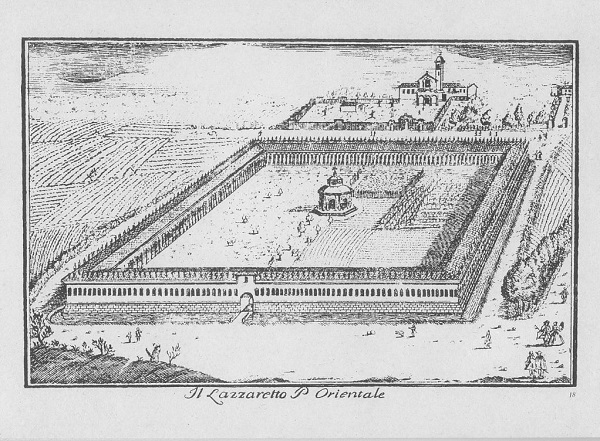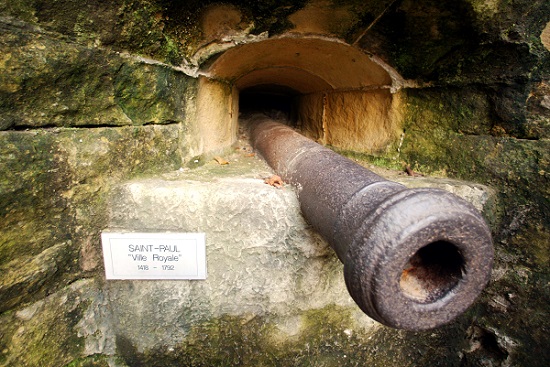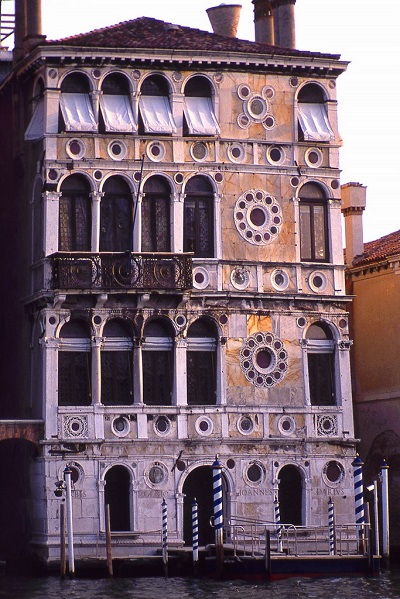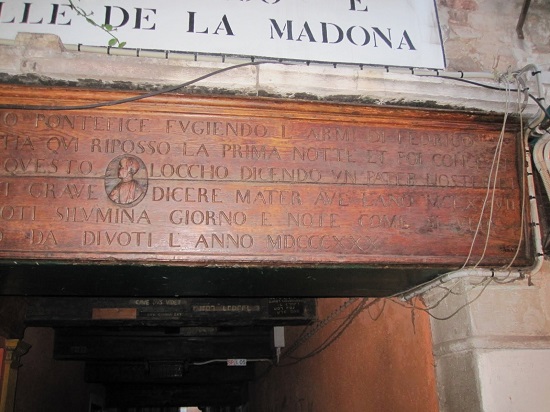In the area of the traffic island at the centre of Piazza Missori are the remains of a Romanesque church. These comprise part of the apse of the Church of San Giovanni in Conca, founded in the fourth century and then rebuilt in the eleventh.
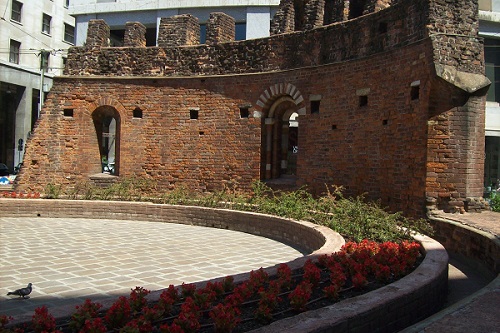
In 1162, the Church was destroyed by the forces of Frederick Barbarossa and again rebuilt in the thirteenth century by Bernabò Visconti, who wanted a private chapel alongside the palazzo he had built here. Bernabó also had an imposing tomb built for himself alongside the altar of the church – a work that is now in the Museo d’Arte at Castello Sforzesco.
In 1531, Francesco II Sforza gace the church to the Carmelite Order, with the building then being deconsecrated by the Austrians in the nineteenth century and then used by the French as a warehouse. In 1879, it was truncated to make way for Via Mazzini and the façade was sold to the Waldenses, who transferred it to Via Francesco Sforza to incorporate into their own church (where it still stands).
In 1949, it was decided to demolish the church entirely, to make way for a road link between Piazza Missori and Via Albicci, but the Superintendent of Historical Heritage stopped the work before completion. This decision saved the apse (with a Romanesque single-light window bound by columns with capitals, and black arching along the external coping) and, more importantly, the crypt, access to which is via the steps leading down from the sides of the ruins. This is one of the few Romanesque crypts to survive over the centuries, and admission is free thanks to the assistance of the Italian Touring Club.
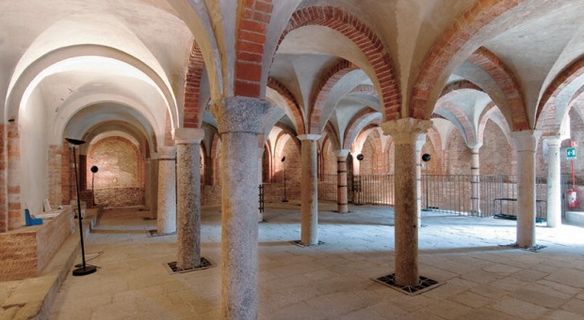
The space contains the original capitals and the remains of a basin, ledge and Roman sarcophagi; there is also a series of photographs showing the church before demolition and the various parts of it that have been transferred elsewhere. Some artifacts from the church – not only the tombs of Barnabò Visconti and his his wife, Regina della Scala, but also an Early Christian fresco, a Lombard inscription and fragments of a beautiful third-century mosaic floor discovered beneath the church – are now to be seen in the Museo Archeologico at Castello Sforzesco. Two panels depicting The Annunciation are in the Castello’s Picture Gallery, while beneath the Portico dell’Elefante in the Ducal Courtyard of the same building is a work of sculpture from the church; some say it depicts Eve, others St John in the vat of boiling oil used in an attempt to kill him.
So next time you are in Milan make the time to visit this beautiful crypt – it really is something very special to see.
(Adapted in part from Secret Milan by Massimo Polidoro)




